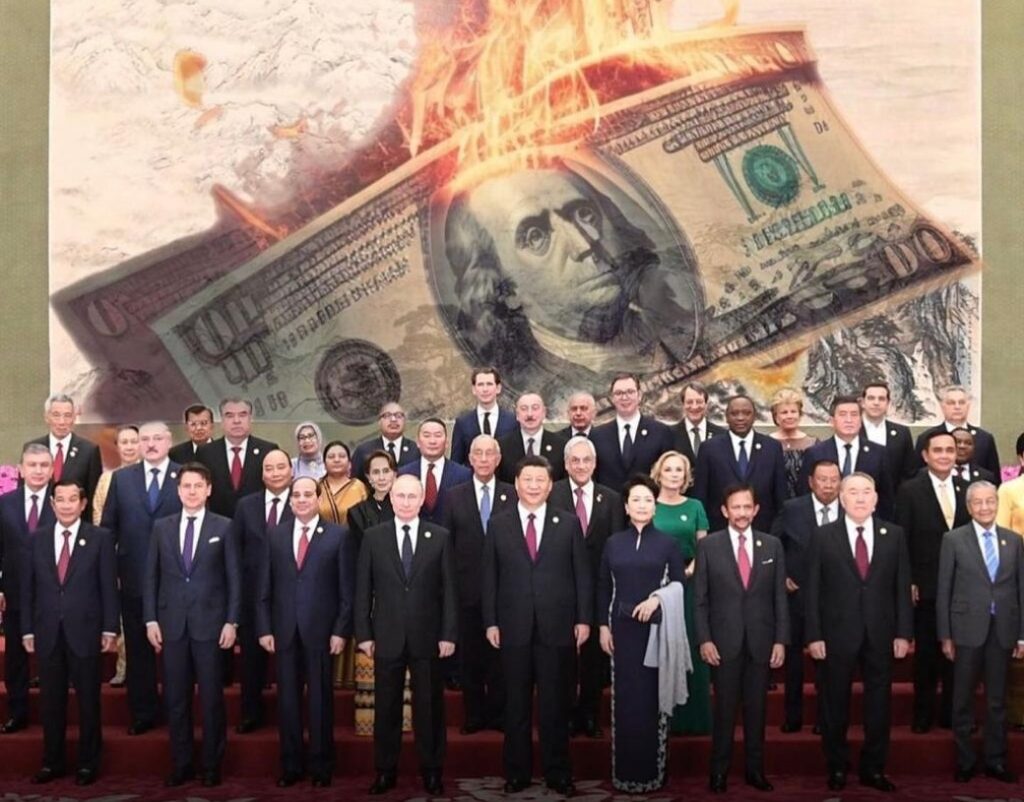Following the imposition of U.S. sanctions on Russia in February 2022 due to the invasion of Ukraine, BRICS initiated a global de-dollarization program. Russia and China led efforts to persuade developing countries to conduct trade in local currencies instead of the U.S. dollar. This initiative has seen some success, with several trade agreements being settled in local currencies.
For insights on the sectors in the U.S. that could be impacted by BRICS’ move away from the dollar, click here. In a recent update, the U.S. Federal Reserve acknowledged that the sanctions against Russia have accelerated the de-dollarization process.
BRICS: Sanctions Led to De-Dollarization, Say US Feds
Federal Reserve Governor Christopher Waller stated that the sanctions imposed by the White House on developing countries have spurred BRICS to advance their de-dollarization agenda. “If these sanctions and policies are long-lasting, the shifting cross-border payments landscape, including the rapid growth of digital currencies, could also pose challenges to the dominant role of the US dollar,” Waller remarked.
Waller noted that China and Russia are leveraging the geopolitical climate to promote the BRICS de-dollarization initiative. Additionally, other BRICS members, such as India and the newly joined UAE, are contributing to this effort by settling trade in their local currencies.
Should the de-dollarization trend persist, BRICS could strengthen their financial position globally, potentially at the expense of the U.S. Approximately 90% of bilateral trade between Russia and China is now conducted in the Chinese yuan and the ruble.
Furthermore, India and the UAE are also utilizing the Chinese yuan for certain cross-border transactions. Despite these developments, Waller expressed confidence that the U.S. dollar will ultimately maintain its dominance over other major local currencies.
